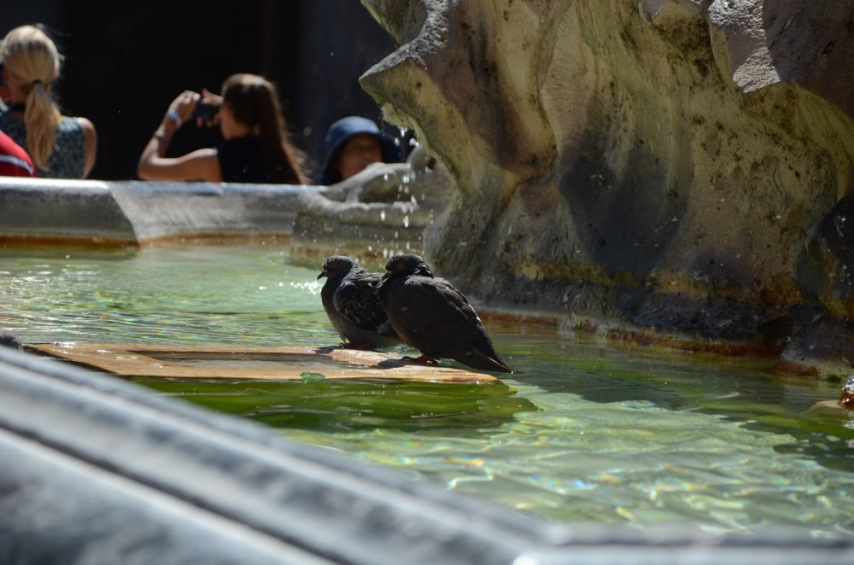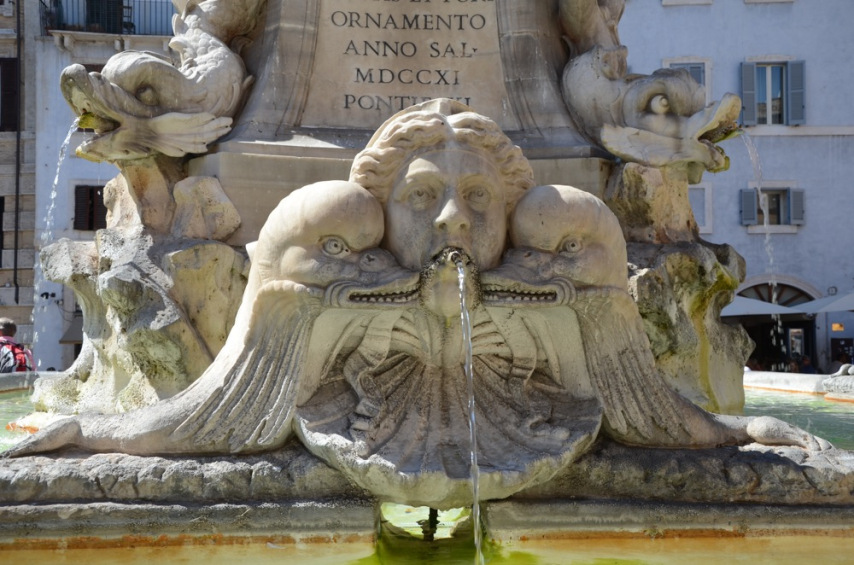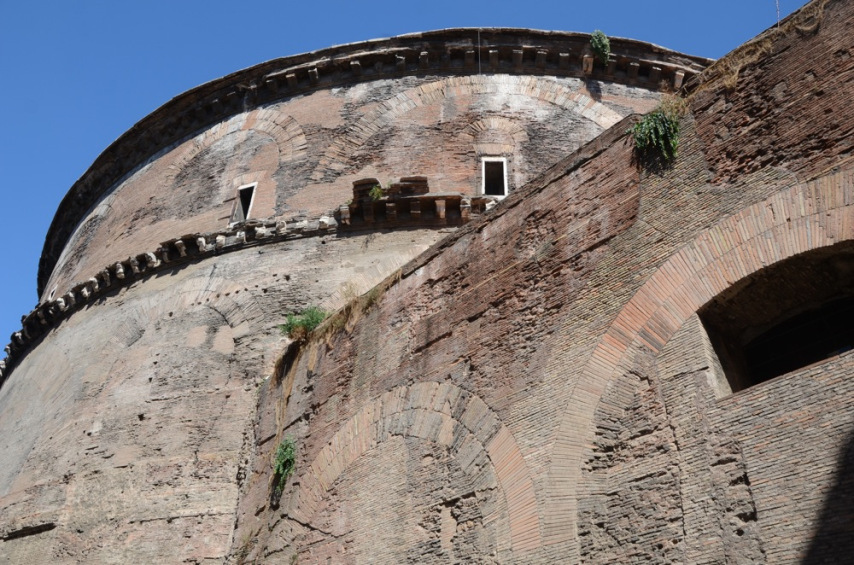Day 3, The Vatican (9/16)
Though poorly curated and a bear of a maze to get through, The Vatican Museum is arguably one of the most important museum stops in the world. It must also be one of the most crowded, and, like many other spots in Italy, not particularly known for its service or assistance. Luckily, Julie had gotten us our tickets in advance, so when we got there at 9 in the morning we were able to waltz right in past the growing line of less prepared visitors, through the metal detectors, and up the flights of stairs to immediately begin our day-long visit.
The vastness of the collection makes it a little hard to navigate, and the massive guided tours that don't care if they are in your way only add a source of frustration. The good news about tour groups is that they are limited in their scope, so we were not bothered by them much in the hall of ancient sculpture, or in the Etruscan artifacts wing. Looking at artifacts from the ancient Egyptians and Mesopotamians was more difficult, though, and traversing the rooms of Renaissance painting was like trying our hands at being sardines.
It was worth it, though. Going in, my top goal was to see the Raphael Rooms, the original apartments with walls and ceilings by Raphael. It is here that you will find The School of Athens, with its guest appearance by Michelangelo, and the room of Constantine (which was actually created by Raphael's students). Each of the rooms was breathtaking and worth the long walk and elbowing it took to get through them. Also worth the feeling of being crushed and the neck ache from staring up for so long was the Sistine Chapel.
The art, of course, is phenomenal, the talent obvious and amazing, but for me the greatest feeling was one of communion with these figures from so long ago. Different from viewing a painting in a wall, or one that travels from museum to museum, these frescoes are in the places where these people slaved over them five hundred years before. And apparently at the same time. The story that stuck with me tells of Raphael stopping in to see what Michelangelo was working on in the chapel and, being so impressed, then altering his own methods to bring a more lively touch to his work. There was a bit of hero worship going on, too, as Raphael then added Michelangelo to his School of Athens, a figure from the then present breaking in on the world of the classic past.
Beyond paintings, Calvin's favorite spot was the Hall of Animals, an odd and interesting collection of animal sculptures from different artists and eras. I was fascinated by the collection of Egyptian relics from the period of Roman rule (Egyptian gods dressed in Roman fashion), and the cuneiform tablets. For Jon, Nero's giant purple bath of porphyry was the most memorable.
A fear of missing something dogged me much of the way. We only stopped for one much needed rest after doing the ancient rooms and before heading into the painted apartments, and when we finally emerged onto the street late in the afternoon we stopped for a quick lunch/dinner before walking around the museum and into the square, because you can't go that far without seeing St. Peters. After the Sistine Chapel, St. Peters felt enormous, but lacking in its presentation. We wandered through it, we took note of Michelangelo's Pieta, the most notable part of the stop for me, and wandered back out again into a dusky square. We managed a quick stop to the Vatican Post before it closed, and we called it a day. A long day.
To sum it up in one word—amazing.


 Wednesday, October 2, 2013
Wednesday, October 2, 2013

































































































